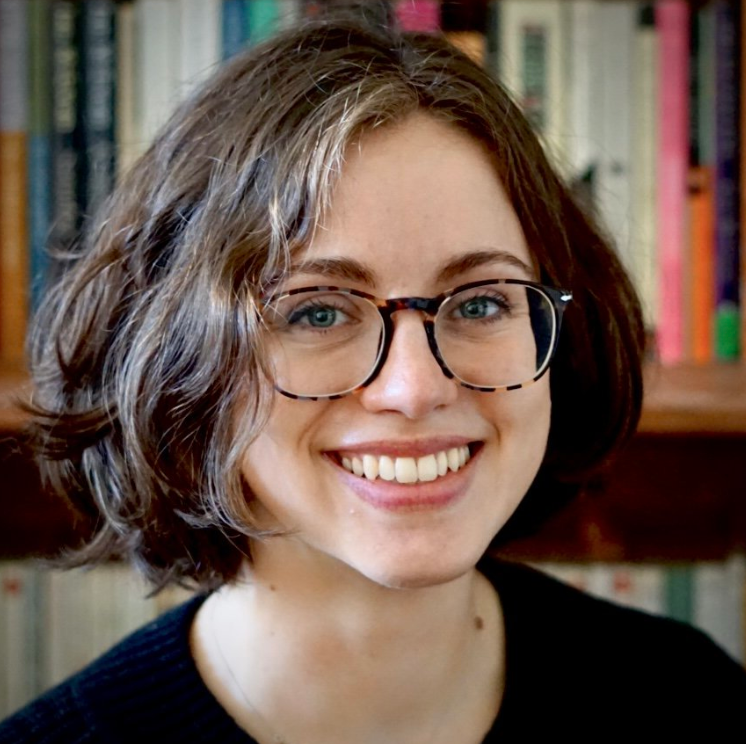Ask MCP: Stragglers
I just started using this model 2 weeks ago. I had to move the quiz I had scheduled for next week back a day due to having to call out a day last week and I just left a movie for them to watch. My issue is about 3/4 of my kids are done with all the lessons. Their behavior is unraveling now that they don’t have a task. I gave some “aspire to do” but they’ve finished that too. What do you do in this situation? Not only for those done but what do you do when there are still several students behind and the majority are ready to move on. - Unraveling
Dear Unraveling,
The situation in which you find yourself is one many new implementers will experience – it can take time and lots of trial and error to determine the appropriate balance of must-do, should-do, and aspire-to-do activities for your learners. Here are a few strategies that I learned as an implementer to determine this correct balance for each class:
Reevaluate the complexity of your should-do and aspire-to-do tasks. The first thing to consider is if your aspire-to-do tasks (and should-do, too) are complex enough for your learners. It’s awesome that three-fourths of your class is finished with your lessons – that means you’ve done a great job creating an environment in which students feel motivated to tackle your self-paced unit. In fact, they’re so motivated that they’re flying through everything you give them! This speed with which they’re moving through your unit makes me wonder if the aspire-to-do activities you provided could have been more rigorous for your students. As you design these activities, consider activities that are open-ended, highly engaging, and challenging. You want them to take about as long as your students who are still working need to finish all the must-do activities.
Reconsider the number of each lesson type you build into your unit. If your aspire-to-do activities are quite rigorous, and yet many students are still continuing to complete your unit before others finish the must do’s, you may want to build in more should-do and aspire-to-do activities so that all learners can be meaningfully engaged for the entire unit.
Turn your attention to your must-do activities. If your should-do and aspire-to-do activities are rigorous and plentiful, but you continue to notice that most students are finishing everything you assign while a small group of students struggle to complete your must-do activities, the root of your problem might not be your should-do and aspire-to-do activities. It actually might be your must-do activities that are creating this reverse bottleneck. Investigate why your learners who are behind pace are getting stuck on your must-do activities. Do they need more one-on-one and small-group support from you? Do your must-do activities need to be chunked or scaffolded? It could also be the case that you gave your students too much time to complete the unit – many students finished early and are now bored and acting out, while a handful of students didn’t feel pressure to move quickly through the unit because they had so much time and procrastinated the must-do activities until the end. If this is the case, try giving your students shorter periods of self-pacing with more hard deadlines as they learn to self-manage in a self-paced environment.
Of course, you know your learners, so you’ll know which of the above applies to your classroom. Remember that it might take several tries to find the right structures for your learners to successfully self-pace.(And that might change class to class and year to year!) Don’t forget to ask them early and often about what is working and what could be improved! You’ve got this!
Megan McGregor
Vice President of Programs
Meg McGregor fell in love with teaching as an undergraduate tutor in New York City public schools. She hasn’t stopped teaching since! Meg is grateful to have taught physics, computer science, engineering, and English to elementary through college students in Washington, DC, New York City, Laos, France, and the West Bank. Meg has a bachelor's degree in physics and French from Barnard College of Columbia University and a master's degree in secondary science education from Fordham University. She is an alumna of Teach for America and received a Fulbright grant to teach in Laos.
Meg lives with her human and cat family in Los Angeles, CA. When not supporting MCP’s fabulous educators, she enjoys cycling, yoga, and reading. An amateur artist, Meg is often drawing or painting.
Looking for more Ask MCP questions? “What should I do with the results of the students’ beginning of the year pre-test?” Read Toni Rose Deanon’s response to this question.


